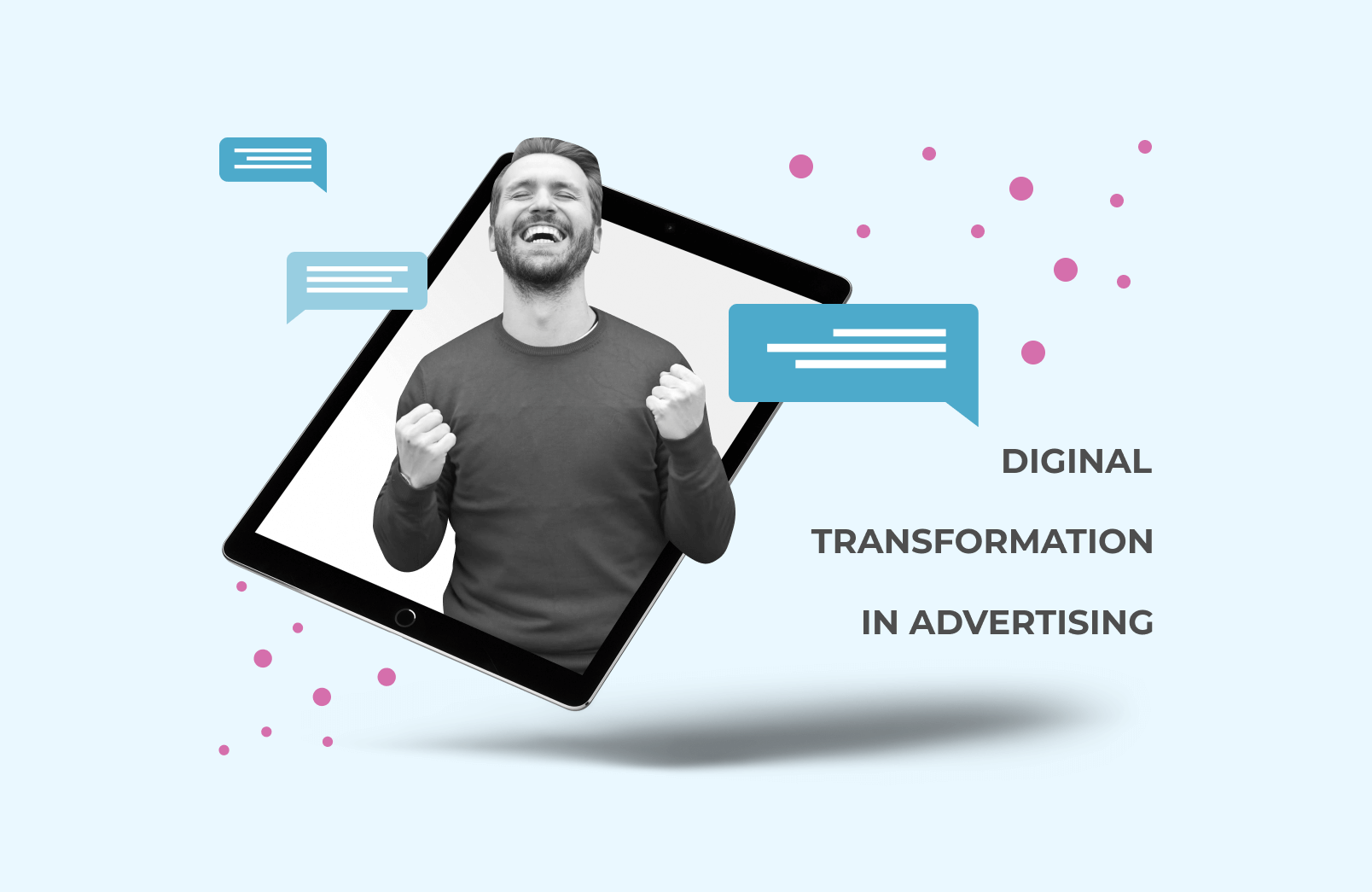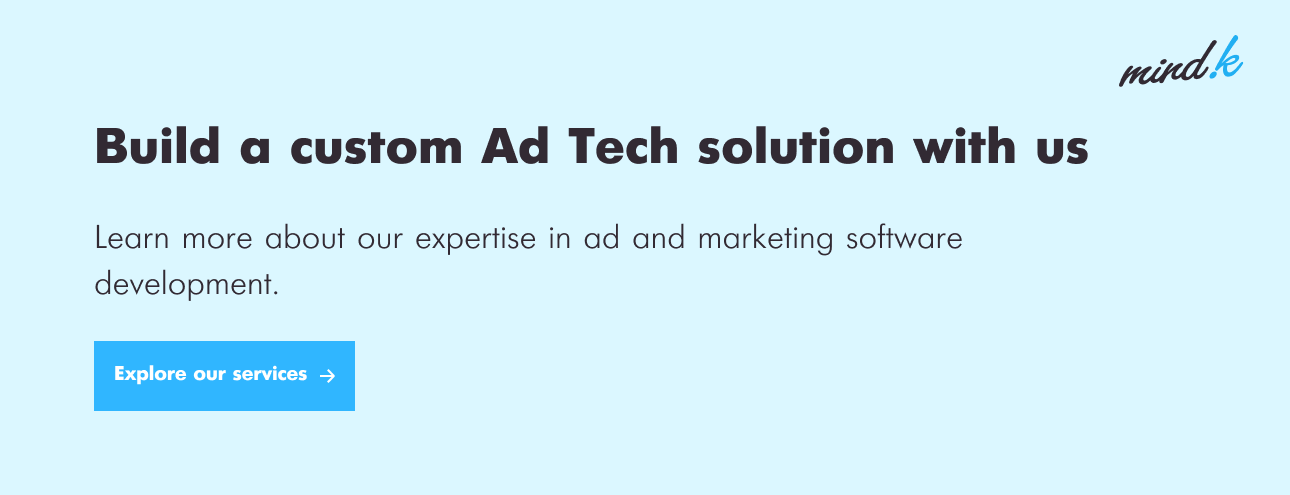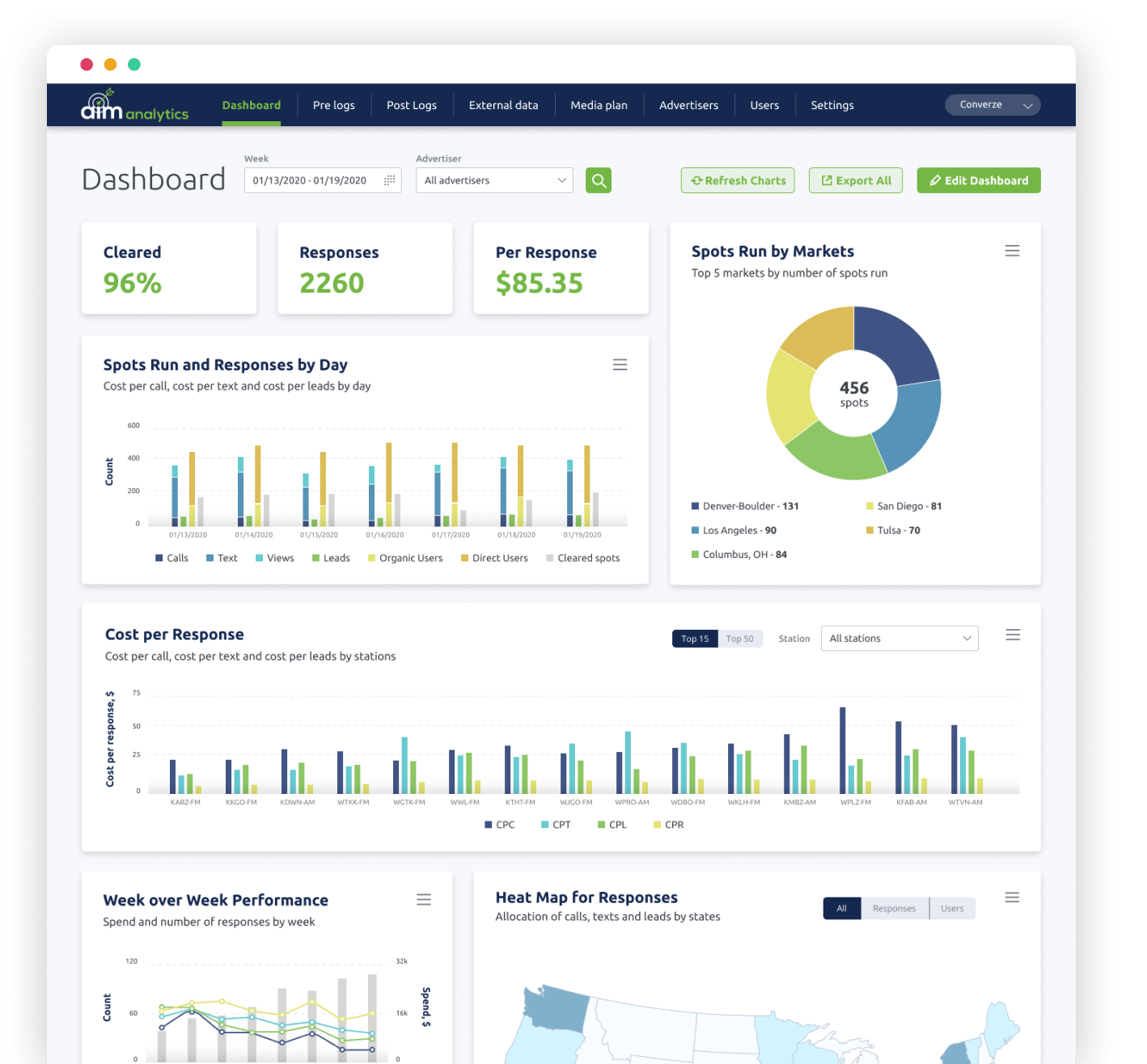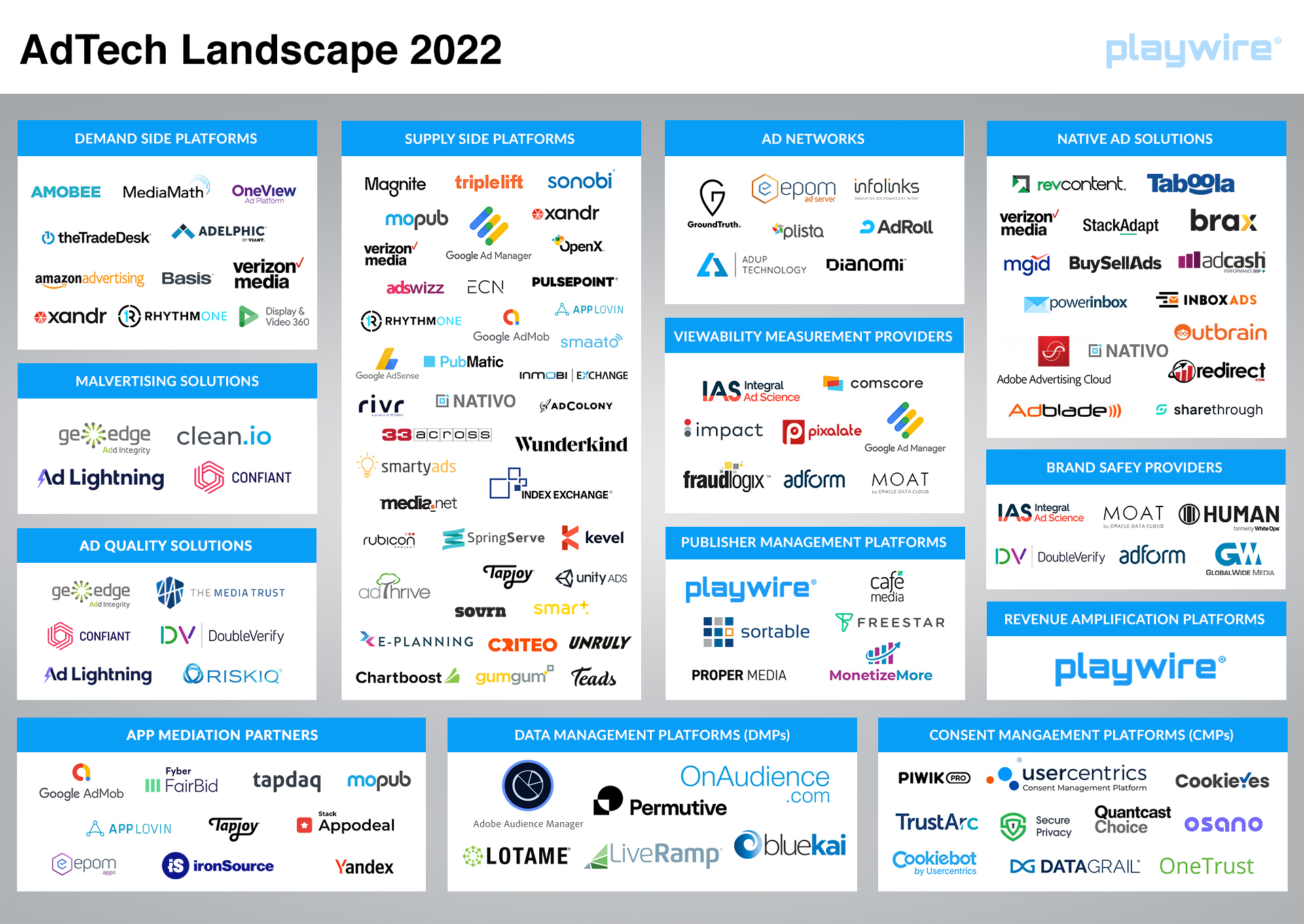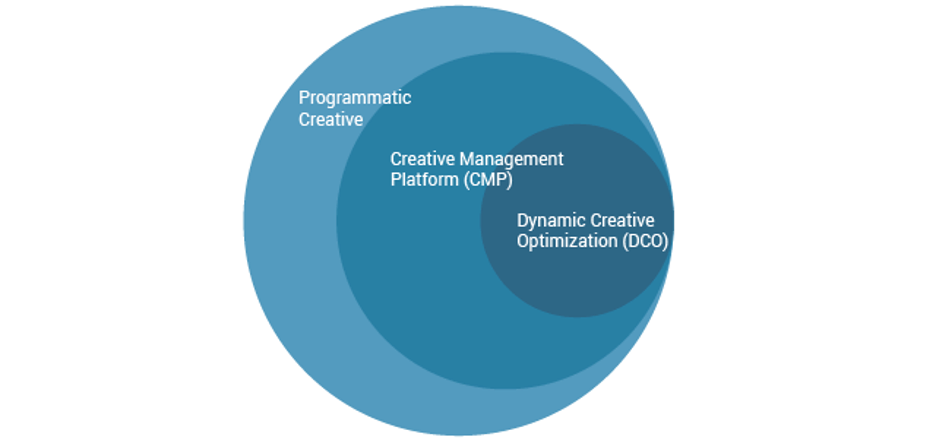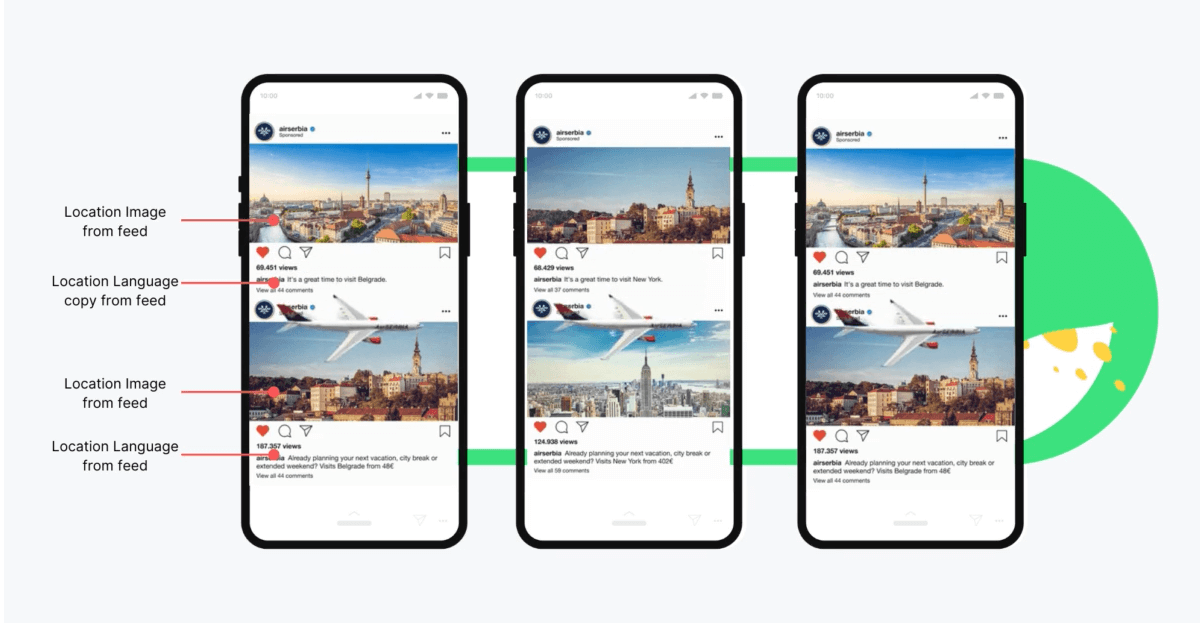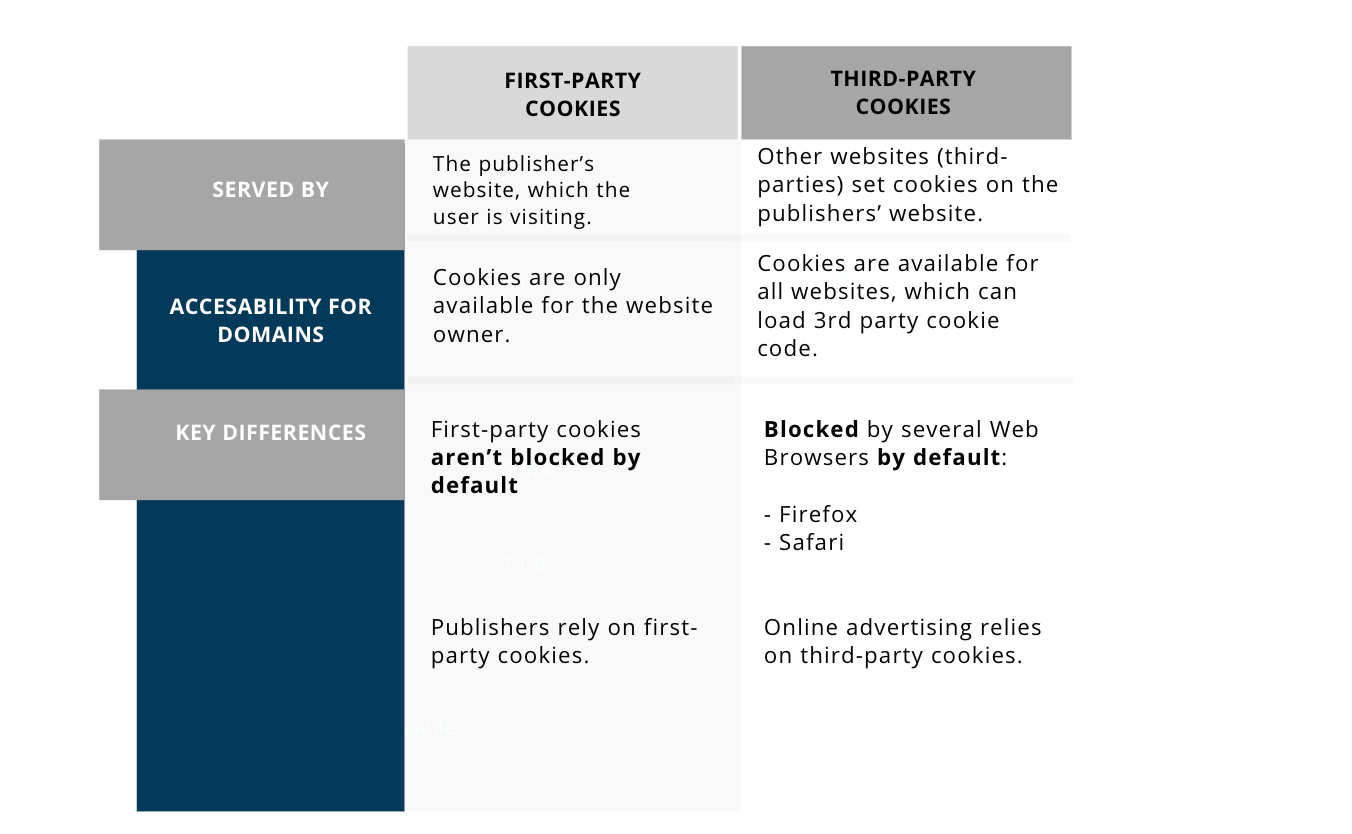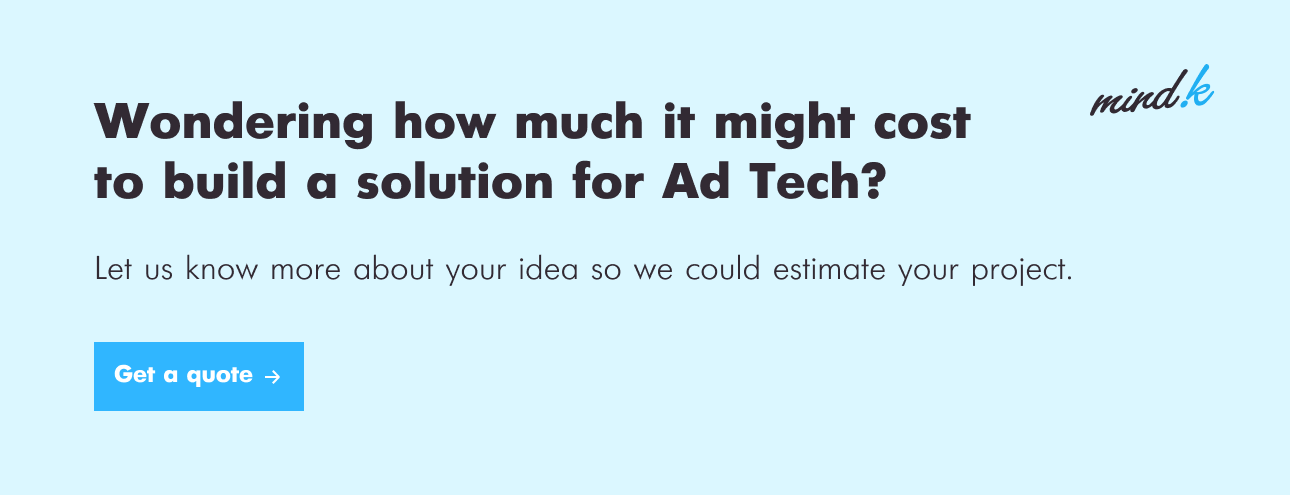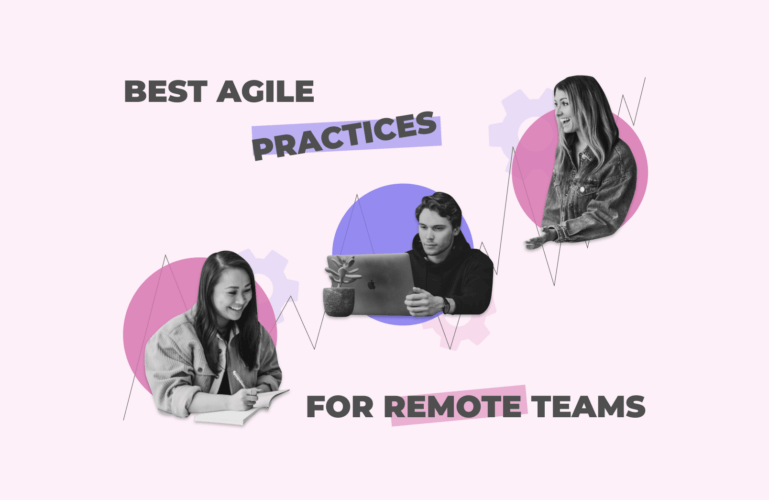The advertising industry is entering a new age. Online advertising is booming and capturing an increasing share of the advertising budget, data has turned into the new advertising gold and is a game-changer for processes and targeting. The transformation of the advertising ecosystem is undergoing a complete shift.
At MindK, we have been developing software solutions for advertising and marketing for years and see how client requests in terms of digital transformation have changed — from clear-cut process automation to smart analytics, personalization, focus on CTV/OTT advertising, and more. Most of the changes, already reviewed when talking about the AdTech industry, are complicated and multi-faceted:
- Advertising is becoming increasingly technological with the rise of advertising technologies (Adtech).
- Advertising is becoming more and more targeted, resulting in a higher return on investment (ROI) thanks to additional data and smart analytics.
- Programmatic advertising is winning respect — in the USA alone, programmatic advertising spending is expected to reach nearly $95 billion in 2022, compared to $79 billion in 2021.
- Budgets have changed significantly in favor of digital — this year, digital will account for 5% of total worldwide ad spend.
- Consumers are getting more demanding and less tolerant of advertising. They expect it to be relevant or engaging.
All these changes pose a number of opportunities for the future of advertising and market players focused on being more effective and competitive. Here are the major opportunities that digital transformation brings to advertising:
#1. More transparency about the data
Transparency in advertising simply means that everyone has full visibility into where the ads are placed, how they are placed, and how much return on ad spend (ROAS) the company receives. In spite of such simplicity, transparency is a long-standing challenge in the advertising business.
While ad spending is growing by leaps and bounds, trust in advertising transparency is falling. The statistics show that around 74% of marketers would increase ad spending by as much as 50% if they had access to more transparent data.
Above that, when exploring the programmatic advertising challenges, we found that advertisers are no longer able to justify their ad budgets without providing transparent and measurable ROAS. Around 84% of marketers are currently under growing pressure to prove the effectiveness of their campaigns.

Digital marketing transformation gives advertisers and publishers an opportunity to provide greater access to data. While the heart of digital transformation in advertising is data, investing in transparency-oriented software solutions like analytical and attribution systems is a must. Such solutions enable publishers to provide much more detailed performance data on campaigns, advertisers to analyze customer behavior, and adjust campaigns to be more effective.
At MindK, we’ve helped a number of companies to become more transparent by means of technology. For example, we developed an intelligent marketing attribution solution called AIM Analytics for the leading direct-response advertising agency in the United States. Besides automating the advertising workflow, the solution provides 360-degree analytics that provides accurate, up-to-date reports, with traffic numbers, cost per action, buying data, and more. It allows our client to not only provide his customers transparency about the costs and ad campaign results, but also come up with winning ad strategies again and again, which is a huge competitive advantage.
[Explore a more detailed case study on AIM Analytics]
#2. Automation of repeatable processes for ad sales teams
Advertising automation is the process of using software and technologies to automate various aspects of your digital advertising operations. One of the key benefits of automation is freeing up time so that the advertising team can focus on other important areas. Software automation may save up to 30% of advertisers’ time. Additional advantages of automation are reduced costs, optimized ad campaigns, higher сlickthrough rate (CTR), and much more.
Today, there are huge opportunities to automate advertising processes, and advertising companies generally fall into two big groups. For the first group of advertising companies, opportunities come from digital products already available on the market. If you look at the current AdTech landscape of solutions, most of which are focused on automating and streamlining the end-to-end advertising workflows, you’ll see that the ecosystem consists of such tools as:
- Demand side platforms (DSP);
- Supply Side platforms (SSP);
- Native ad solutions;
- Ad quality solutions;
- Viability measurement tools;
- Publisher management software;
- Data management platforms (DMP);
- Consent management platforms and so on.
In this case, the company needs to analyze its advertising processes and adopt the existing solution or several solutions to automate workflows as much as possible.
For the second group, opportunities mean the ability to innovate and apply new technology and develop new solutions. This group of agencies usually goes for custom software development for business process automation.
At MindK, we have a team responsible for product development in advertising and marketing that works on custom products aimed at automating workflows and increasing ROAS. They claim there are several main reasons our clients decided to build tailor-made tools from scratch, namely:
- lack of transparency in out-of-the-box solutions;
- limited customization options;
- necessity for competitive advantage; and
- need in data ownership.
All of these reasons were discussed in more detail when we talked about why agencies go for custom software, so check it out to connect the dots.
For example, one of our clients needed to process log-level data for the ads running on hundreds of radio stations and channels. The challenge here is that these stations send the log data in different formats, which requires tons of manual work. Moreover, it makes the process too lengthy, the information very hard to analyze and has a high risk of human errors.
In this particular case, there was no ready-made solution on the market able to help our client with automating the log-level data processing. We developed an intelligent system for processing log-level data that recognizes different formats and standardizes raw log-level data. The system completely reduced the need for manual log data processing and improved data analysis.
Check more about MindK’s expertise in ad software development
#3. Delivering personalized experiences across channels
A recent study by Salesforce revealed that around 66% of all buyers expect brands and companies to understand their unique needs and expectations, while 52% expect offers to always be personalized. This once again confirms that consumers are getting more demanding and less tolerant of advertising.
That’s why delivering a more personalized experience is another big opportunity ad transformation can offer. When we talk about personalized experiences across different advertising channels, we mean personalized advertising or so-called ad personalization.
Personalized advertising uses data about the customer like demographics, specific information such as niche interests, behavioral patterns, and buying intent. Advertisers take this information into account while developing their programmatic ad strategy and creating ads with customized messages and creatives that are extremely relevant to users.
Netflix, for example, employs a user’s watching history to provide various artwork and materials for a future movie or TV show that will best draw a certain user’s interest. Starbucks applies artificial intelligence (AI) and real-time data and, based on an app user’s preferences, past activities and purchases, sends over 400,000 variants of hyper-personalized messages to its customers.
Indeed, artificial intelligence and machine learning technologies have enabled advertisers to offer more personalized content. Consider, for example, dynamic creative advertising. Simply said, dynamic creative advertising refers to the ability to show various ads to different groups of people based on factors such as location, gender, occupation, device, language, and more.
Advertisers apply technologies like Creative Management Platform (CMP) or Dynamic creative optimization (DCO) to run effective dynamic creatives. The Creative Management Platform is a tool that allows creating and managing design versions of the ads needed for a DCO campaign. Dynamic creative optimization, on the other hand, is the real-time technological process that manages hyper-personalized advertising. Simply put, CMP is responsible for the right dynamic design, while DCO – for delivering dynamic content to the end-user.
Source: makethunder.com
To understand how it is applied in practice, here are a few examples. Hutch is an automated creative production and media buying platform that allows users to create dynamic ads on Facebook and Instagram.
Dynamic advertising for Air Serbia by Hutch
Source: hunchads.com
Jivox, a pioneer in customized digital marketing technology, recently introduced the industry’s first personalized dynamic creative optimization (DCO) solution for connected TV called Dynamic Canvas Studio. It uses sophisticated data and AI-powered technology to run hundreds of thousands of creative variants across all channels in real-time. With the rising popularity of CTV and OTT advertising, the opportunity for hyper-personalization is more than promising.
Source: jivox.com
#4. Building offerings for first-party data
Cookies are one of the most powerful online tracking tools in the advertising industry that allows tracking the activity of users and then improving targeting. For reference, third-party cookies are currently used to track up to 50% of Internet traffic, and analytical tools like Google Analytics are all dependent on third-party cookie files.
The challenge here is that third-party cookies are being blocked by Internet browsers. They are already banned by default in browsers like Safari and Firefox to avoid tracking. In 2023, Google Chrome will no longer support third-party cookies. The changes in cookie policies have made advertisers find opportunities to substitute third-party cookies.
Among the key alternatives is the use of first-party cookies to build offerings. But what are first-party cookies and how do they differ? The data collected and accessible purely by the domain or website the user is visiting is referred to as first-party cookies. The information gathered allows publishers or website owners to improve the visitor experience.
Source: setupad.com
Around 88% of marketers say they are prioritizing first-party data for now. Except for the death of third-party cookies, here are some additional reasons for that:
- First-party data provides the quality and reliability advertisers need to make decisions.
- First-party data is obtained from customer trust and serves as the foundation for a company-wide initiative to put trust at the heart of the customer journey.
First-party cookies can improve a customer’s on-site experience by promoting longer dwell time, more conversions, and more possibilities for advertisers to learn more about their customers to better segment and target their content. In this light, advertising transformation provides huge opportunities for:
- collecting first-party data through different customer touchpoints, taking into account privacy policies and compliance rules;
- centralizing first-party data in a single location to easily use it, for example, Customer Data Platforms (CDPs) that aggregate customer data collected from a variety of data sources and software; and
- applying first-party data to build more engaging and targeted advertising offerings.
The New York Times, Vox Media, and Insider, among other large publishers, have already created their own ad targeting systems based on first-party data.
Start the digital transformation of your advertising workflows with MindK
Advertising is a very dynamic sector, and advertisers must continually adapt in order to survive and grow. As you can see, digital transformation in advertising can not only streamline processes and create cost-saving possibilities, but also open other great opportunities for ad players, like increased transparency that improves business between advertisers and publishers and helps make better decisions, as well as enhanced personalization of the customers’ experiences.
Here at MindK, we’ve been developing innovative solutions for advertising and marketing for years, focused on ad management, data consolidation, audience segmentation, advertising analytics, and attribution. So, if you are looking for a reliable tech partner with industry-specific knowledge to develop a powerful Ad tech solution, we can help you with this. Our Advertising and Marketing software development services will tell you more about our expertise, so check it out.
